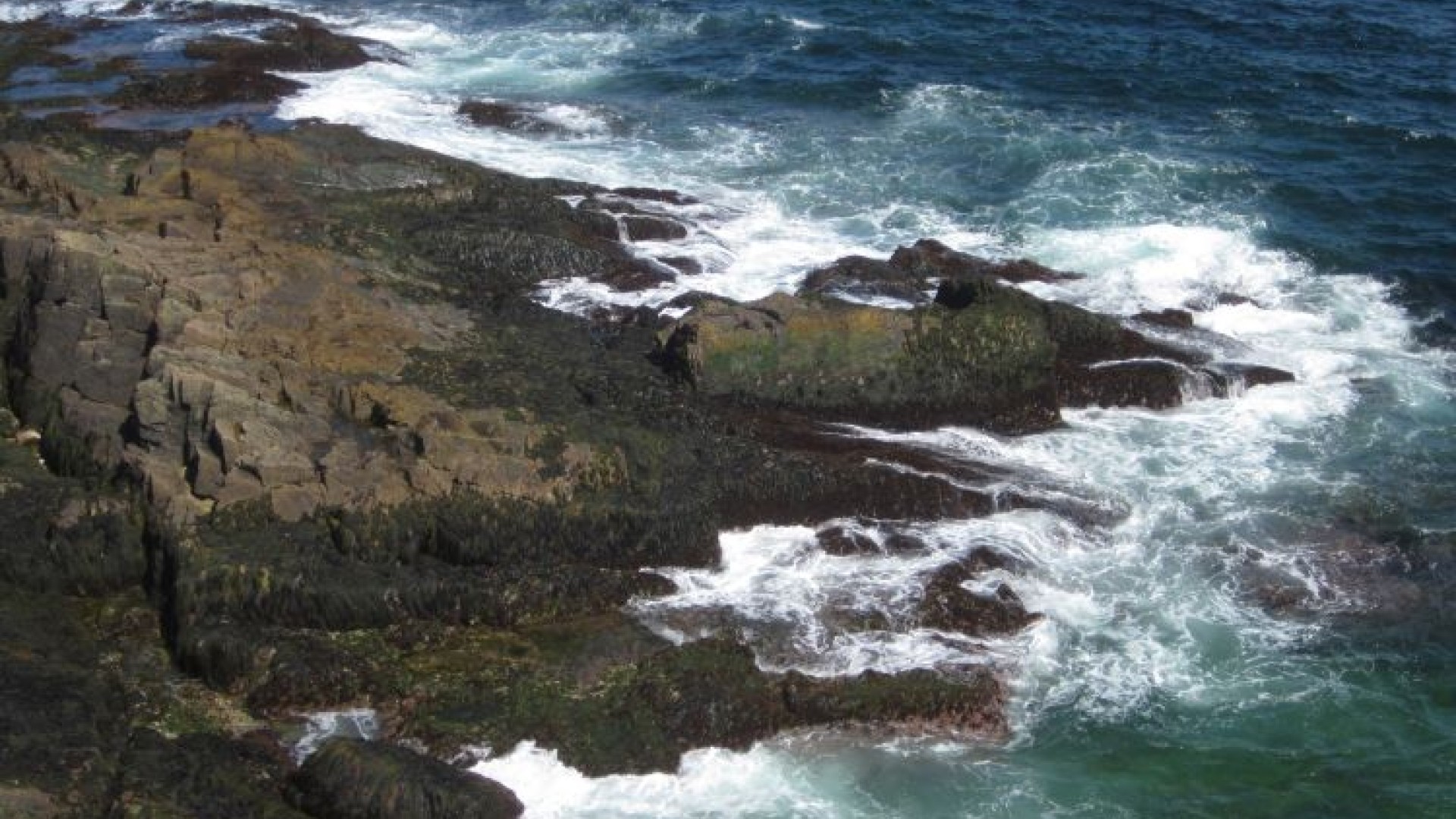
Last September, Hurricane Dorian hit the Nova Scotia coast, in a rare occurrence of a tropical cyclone reaching Canada. At the time of Dorian's arrival, StFX biology professor Dr. Ricardo Scrosati and his Marine Ecology Lab had sensors periodically recording temperature in different points along the Atlantic coast.
Together with wind data retrieved from Environment Canada, Dr. Scrosati says their data revealed a massive peak in coastal upwelling just hours after Dorian hit the coast.
The lab just published a paper about these findings, entitled “Upwelling spike and marked SST drop after the arrival of cyclone Dorian to the Atlantic Canadian coast,” which is available for free from a link provided by the publisher, Elsevier.
“The magnitude of this spike is only comparable to values normally seen only on heavy-upwelling shores of the world, such as California, Peru, and NW and SW Africa,” Dr. Scrosati says.
“As a result of the upwelling, which is a process that brings deep waters to the surface, a pronounced cooling of our coast took place. Usually upwelling is also associated to an upsurge of inorganic nutrients from deep waters, which would be quite interesting to investigate if it helped coastal productivity.”
This research is, in part, made possible by the Government of Canada Research Support Fund.

